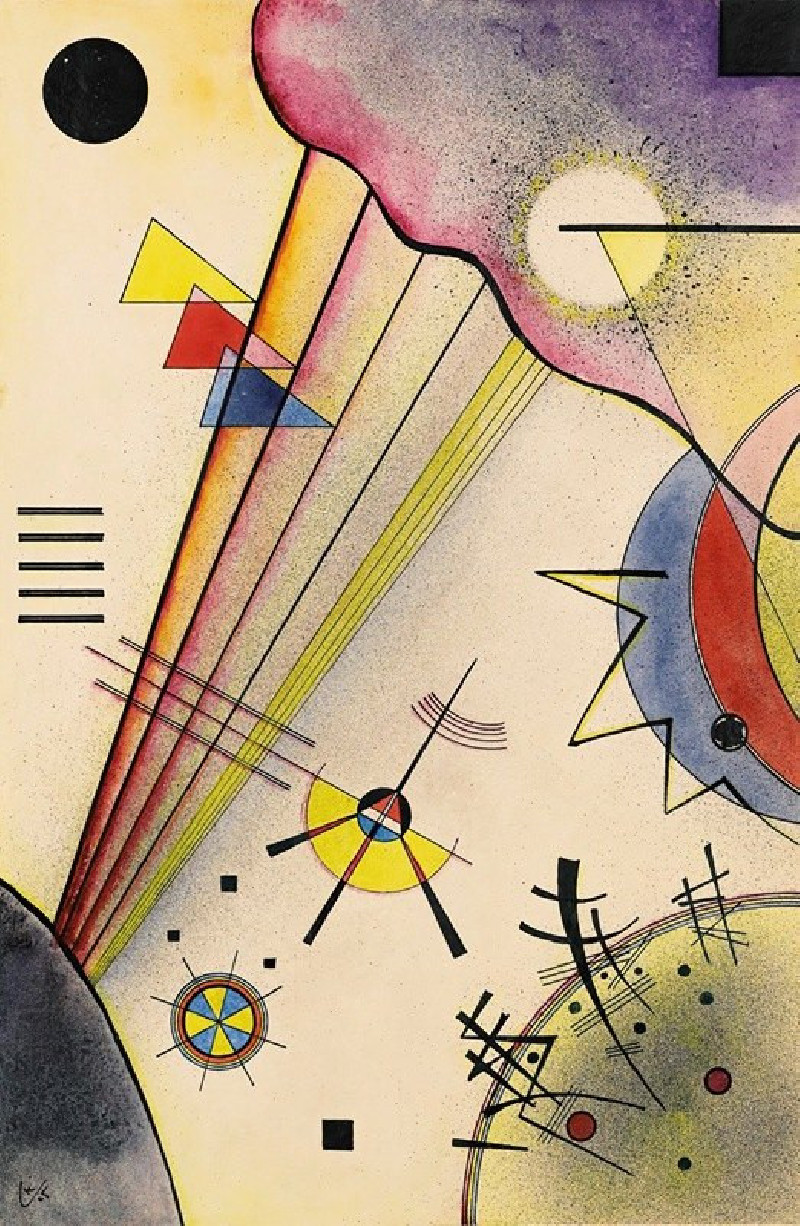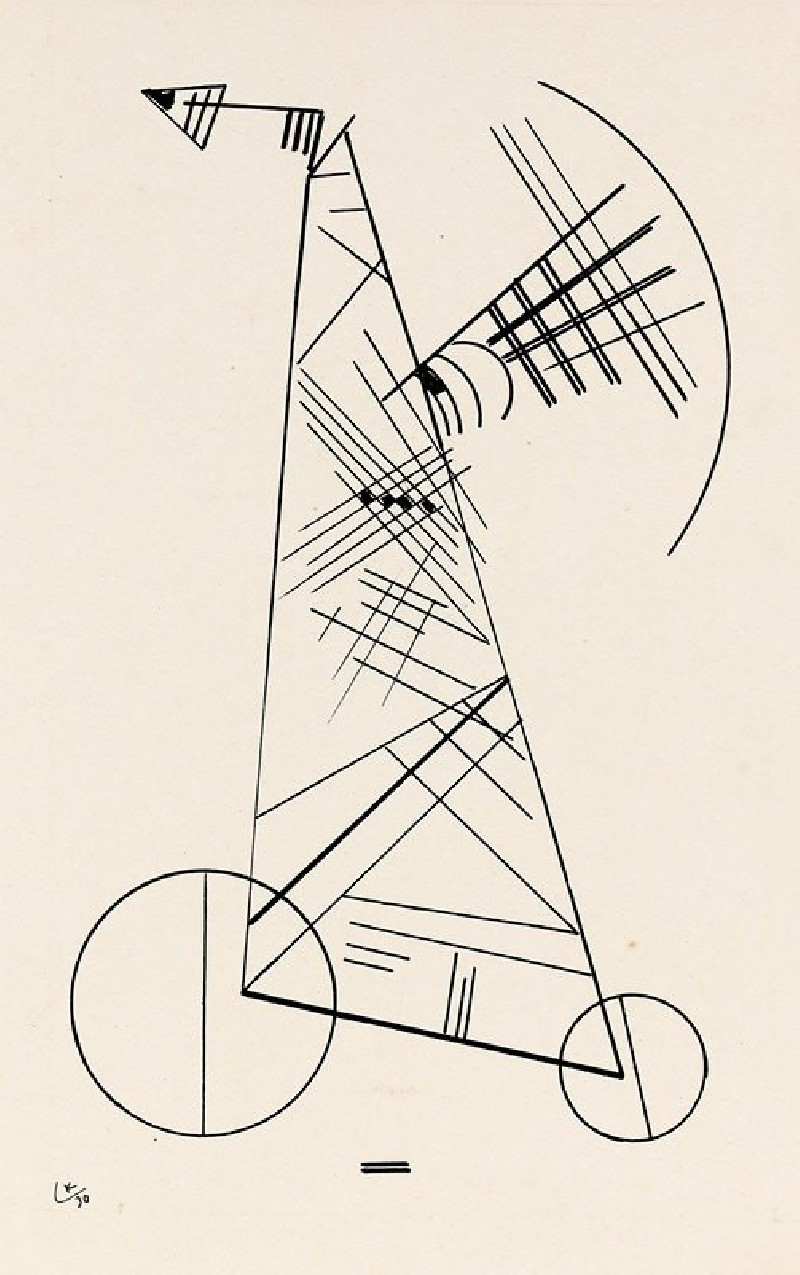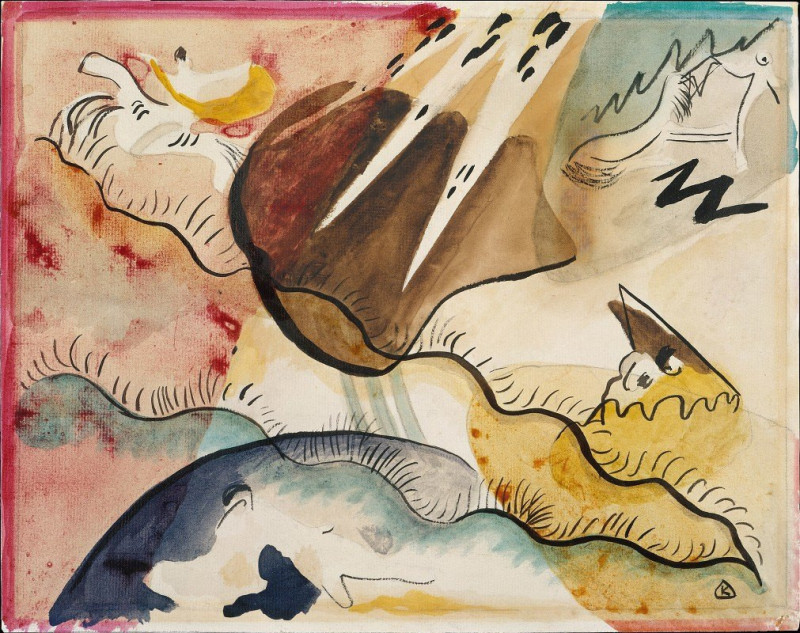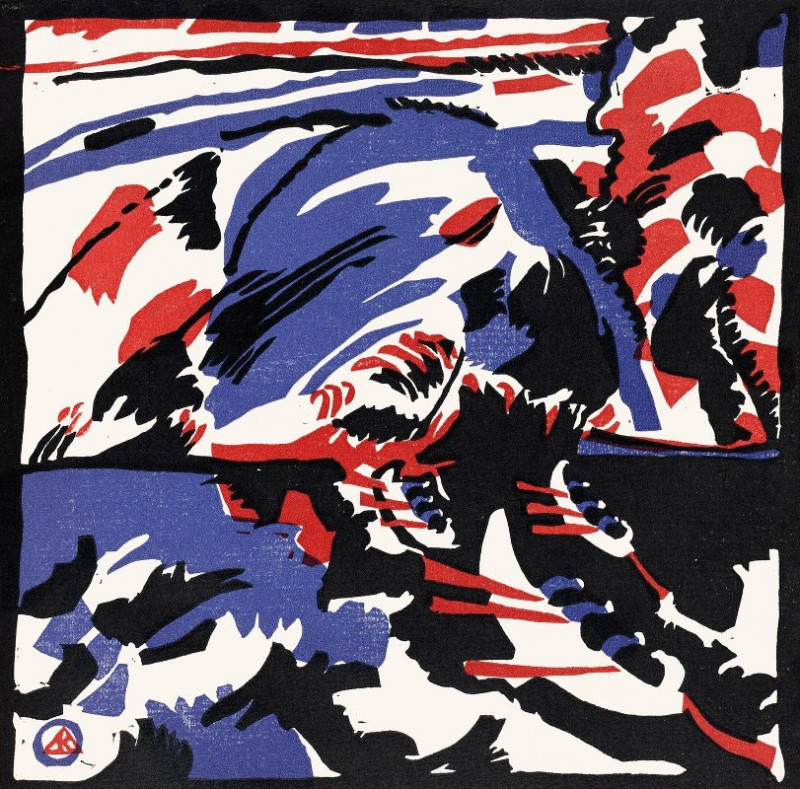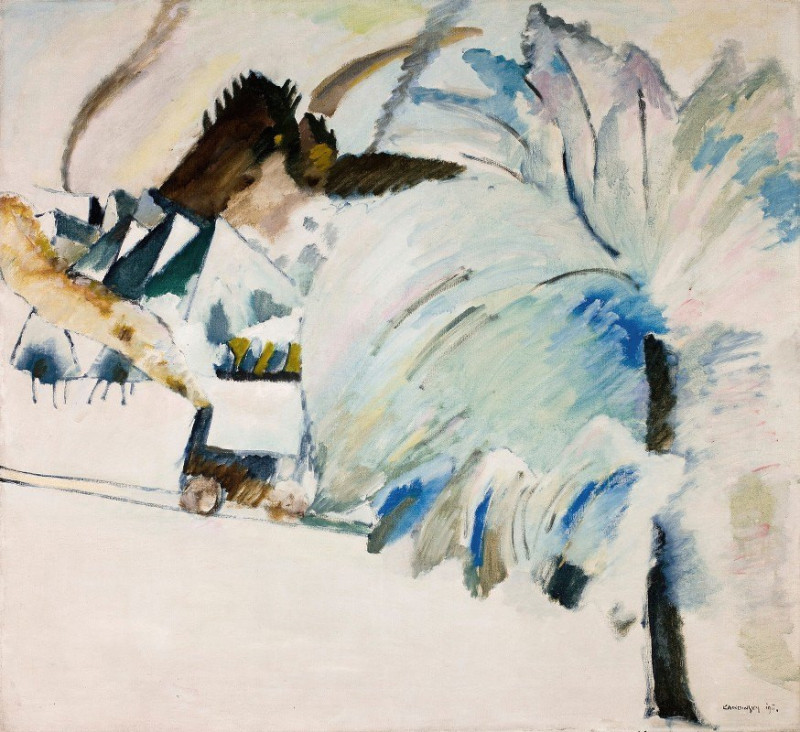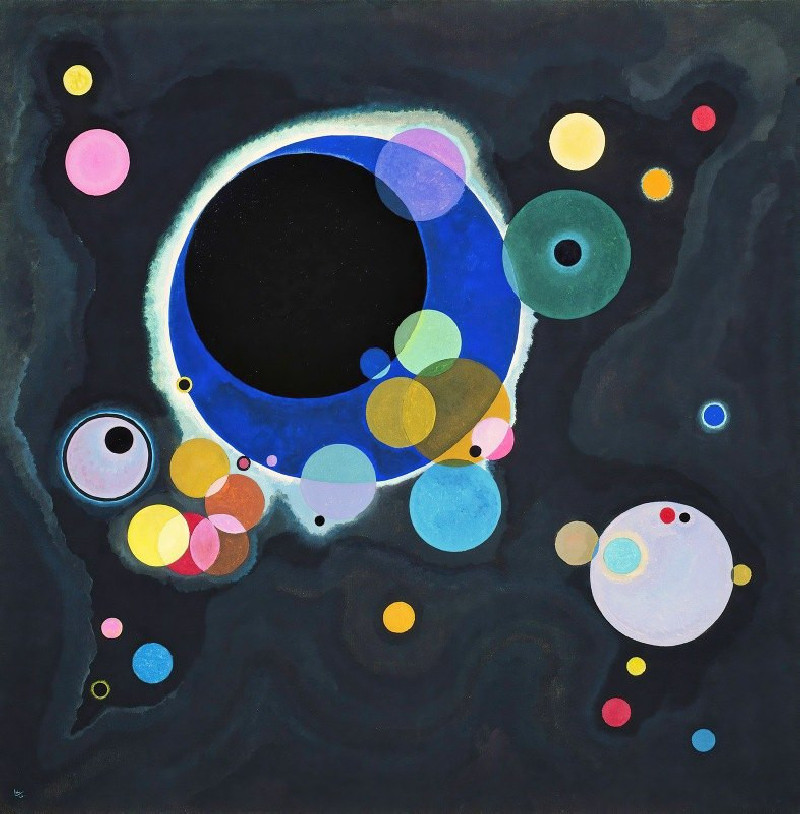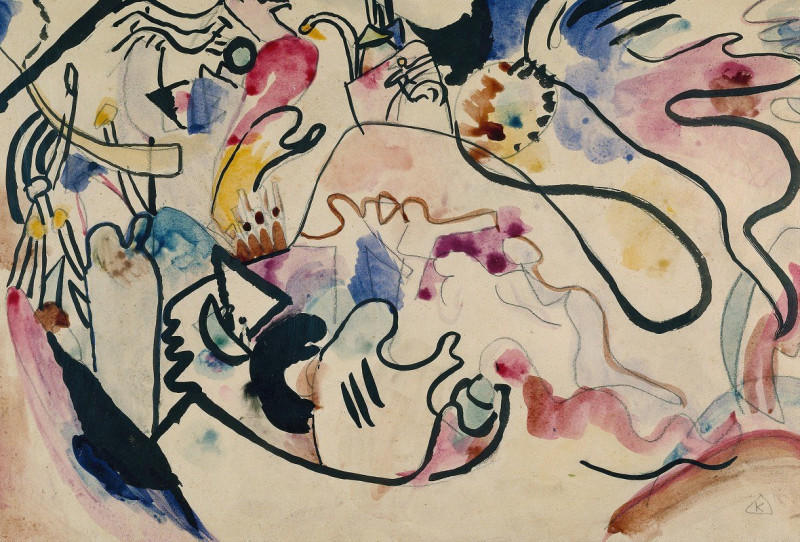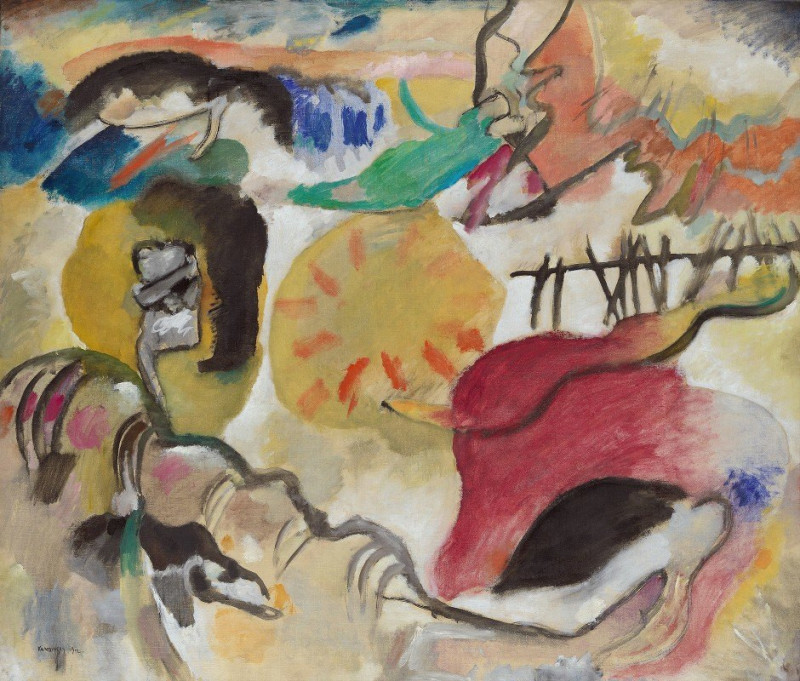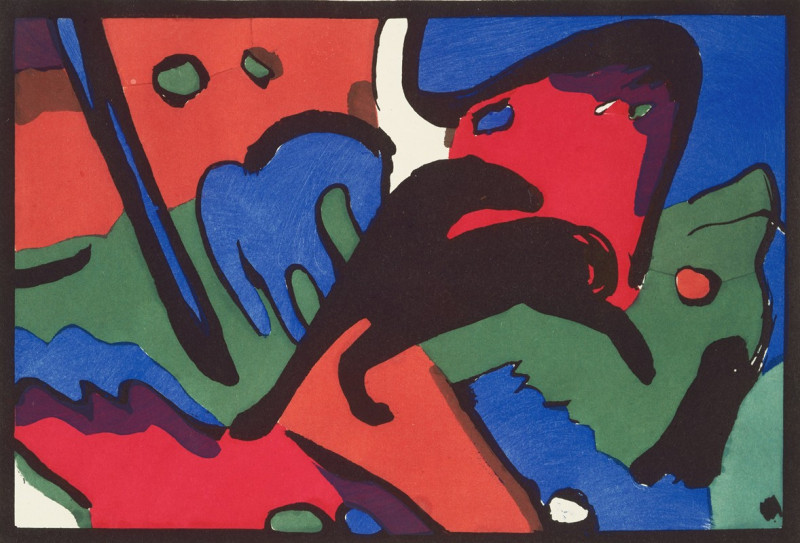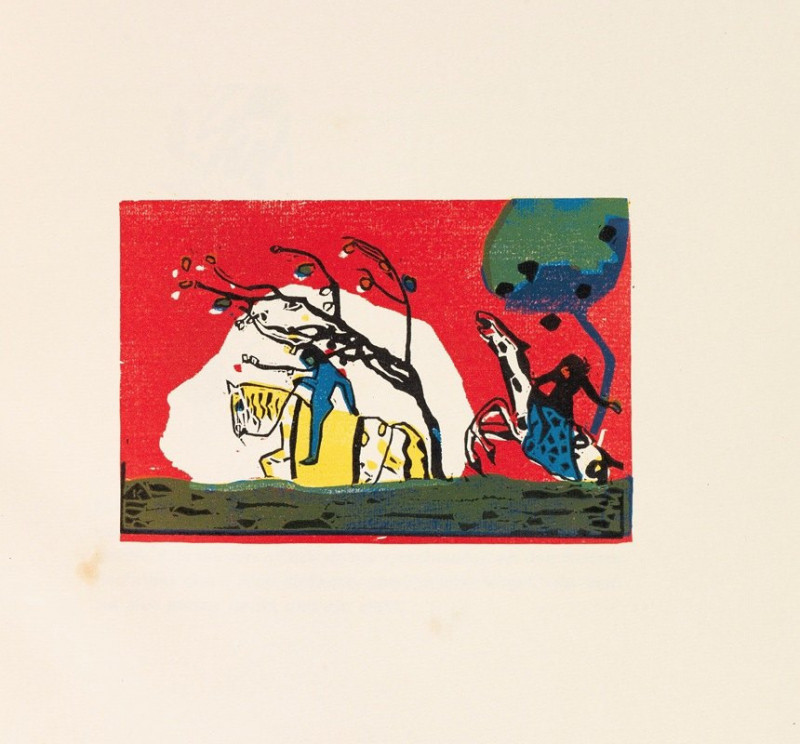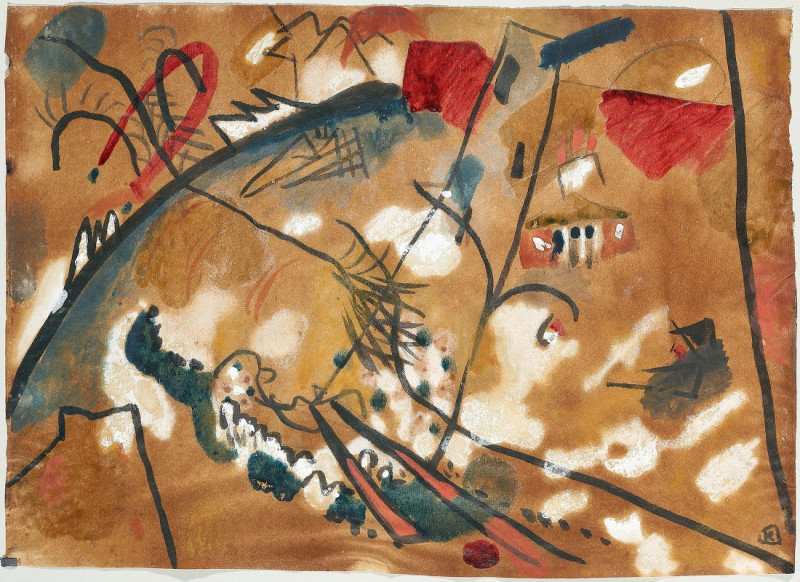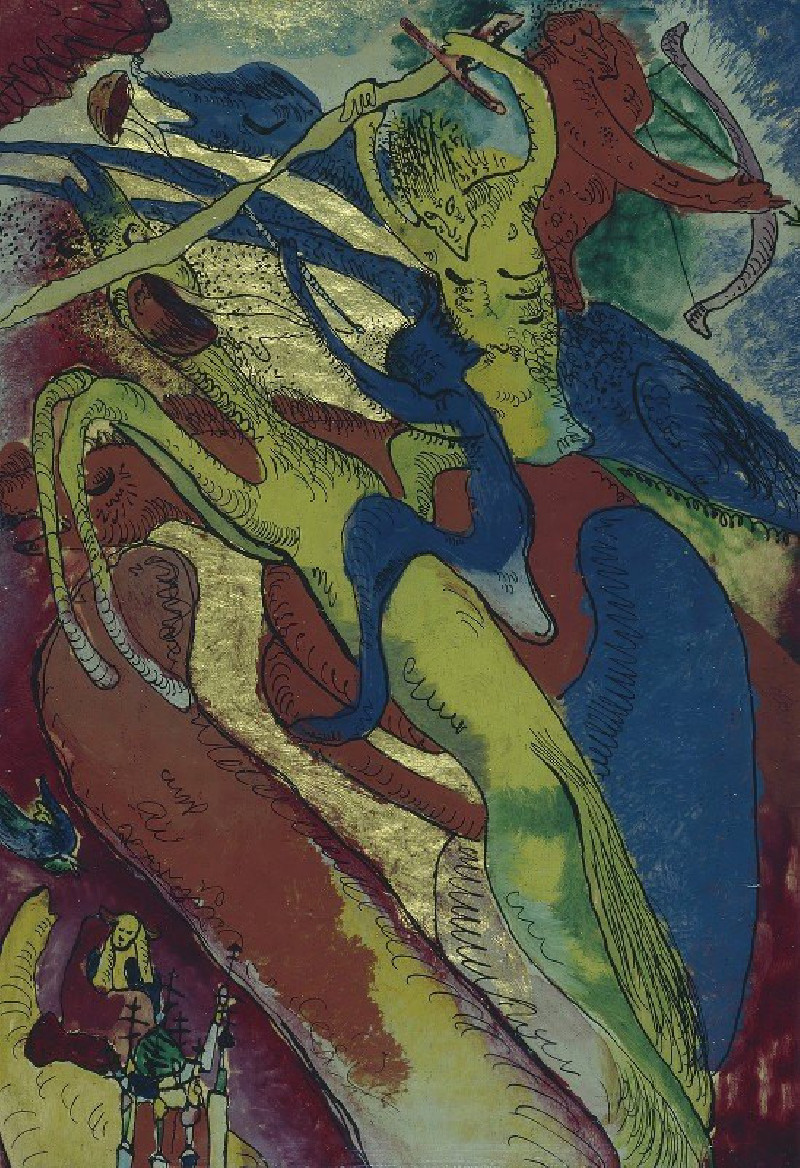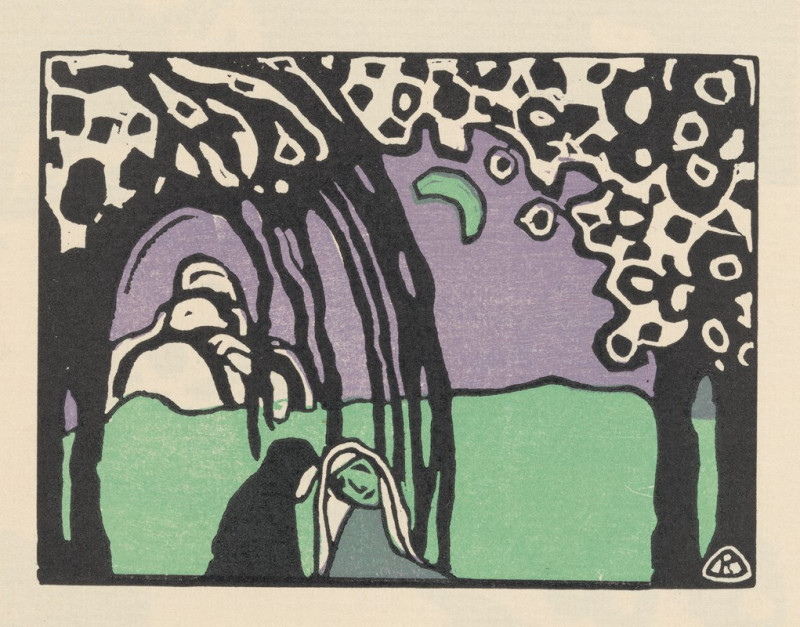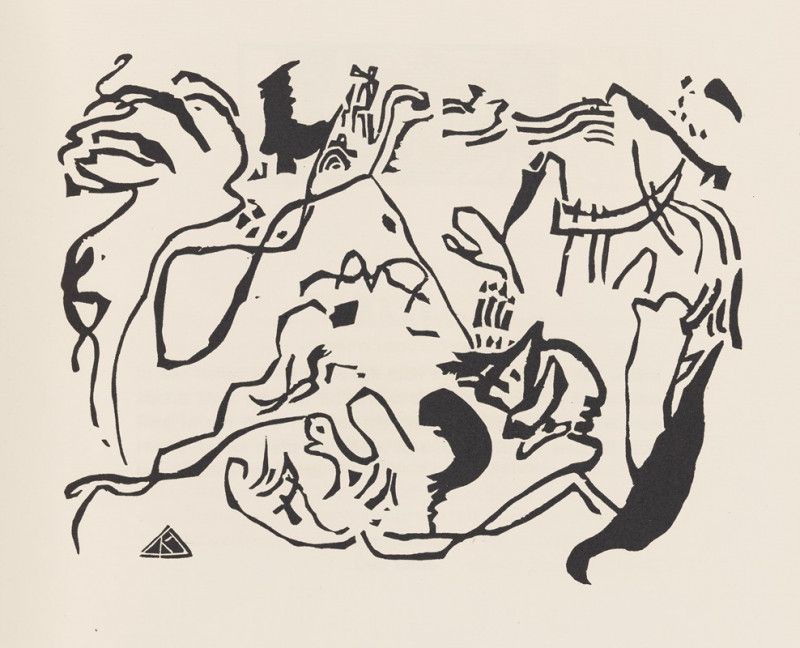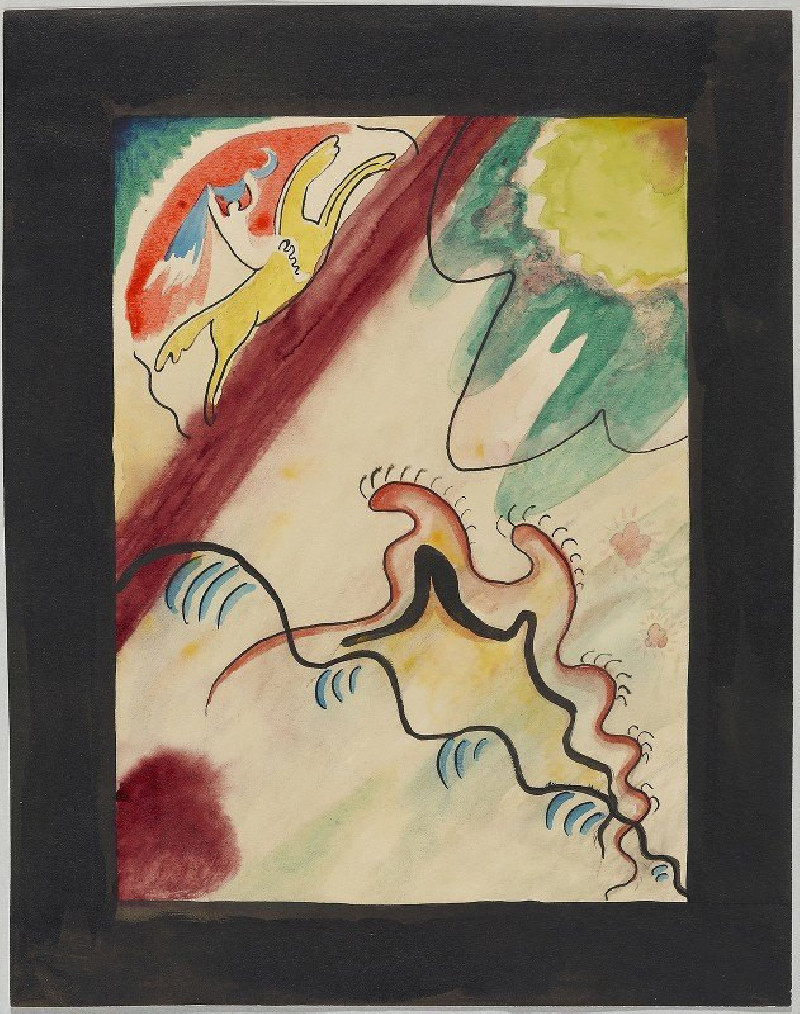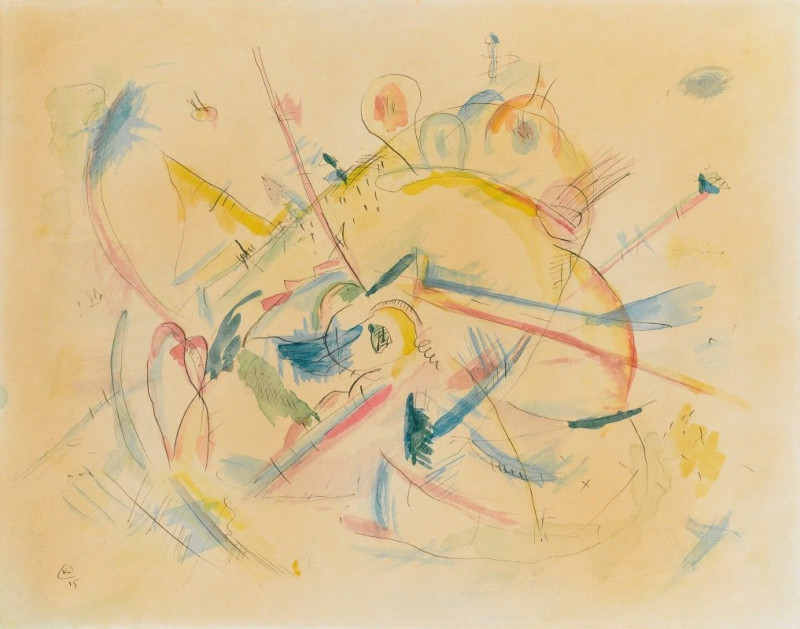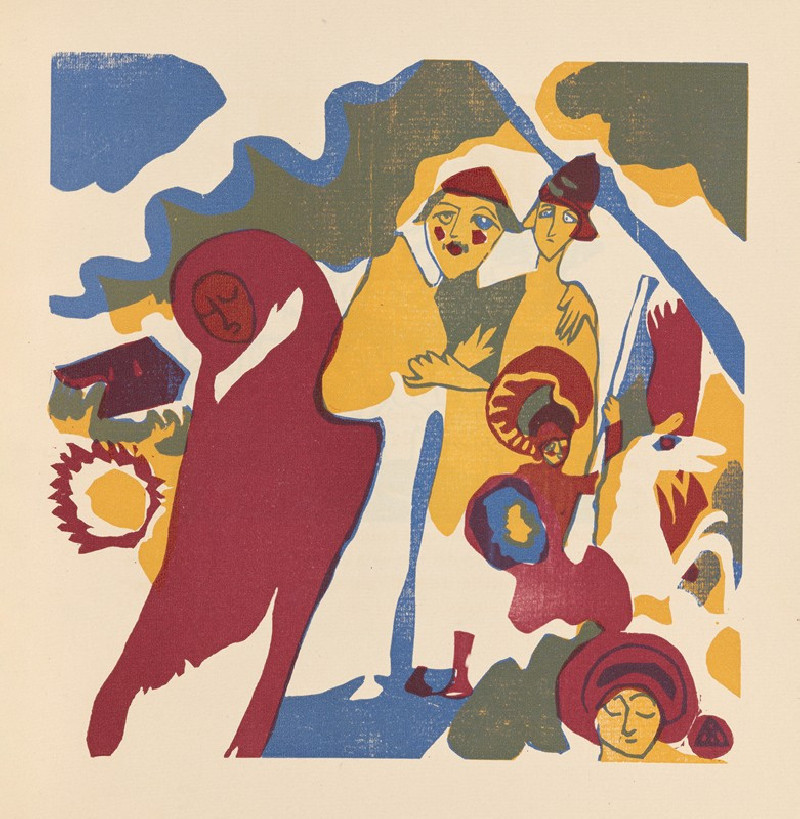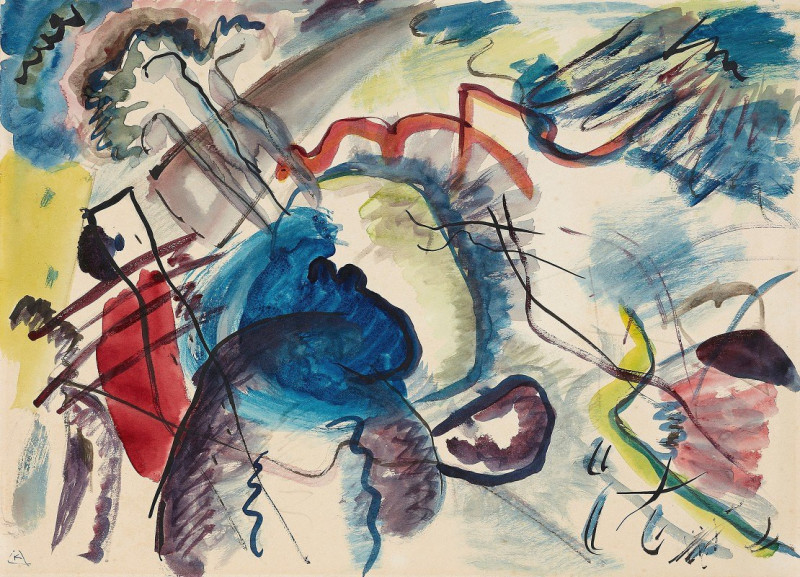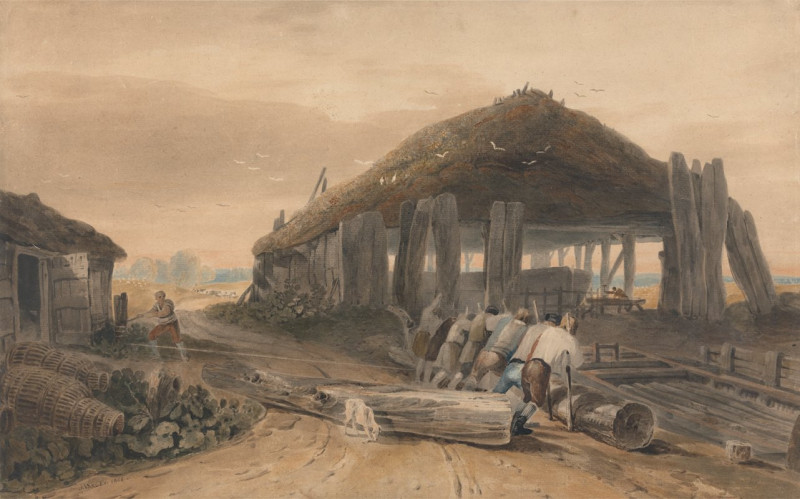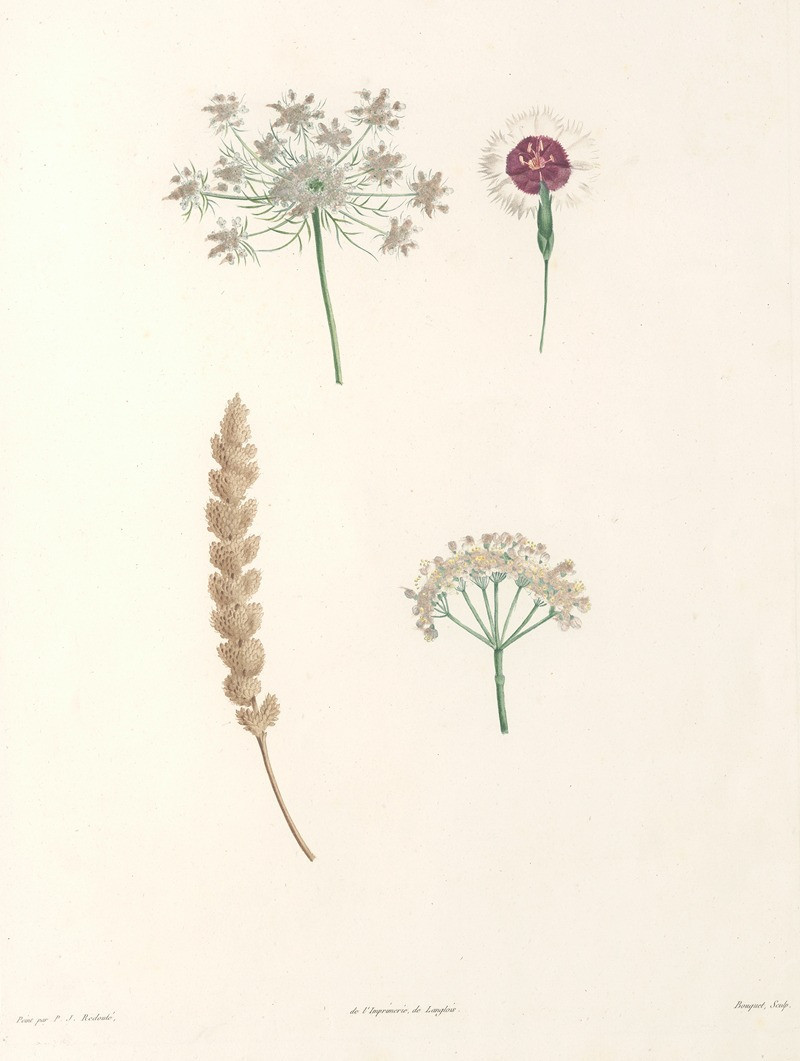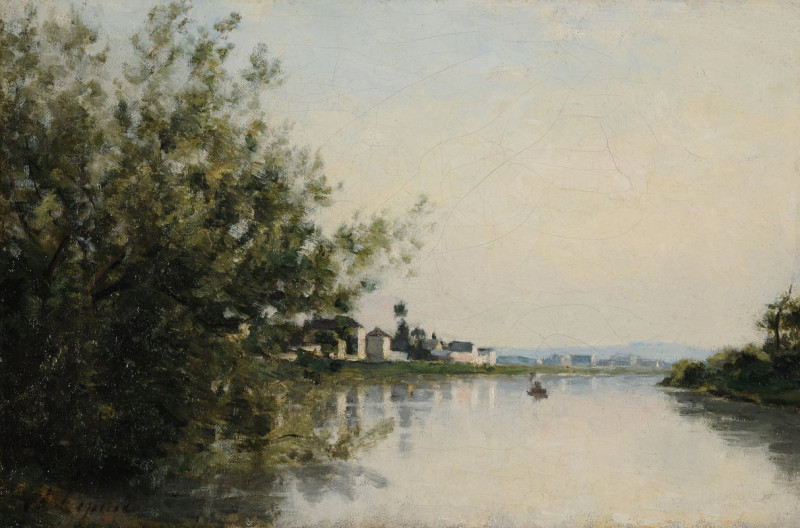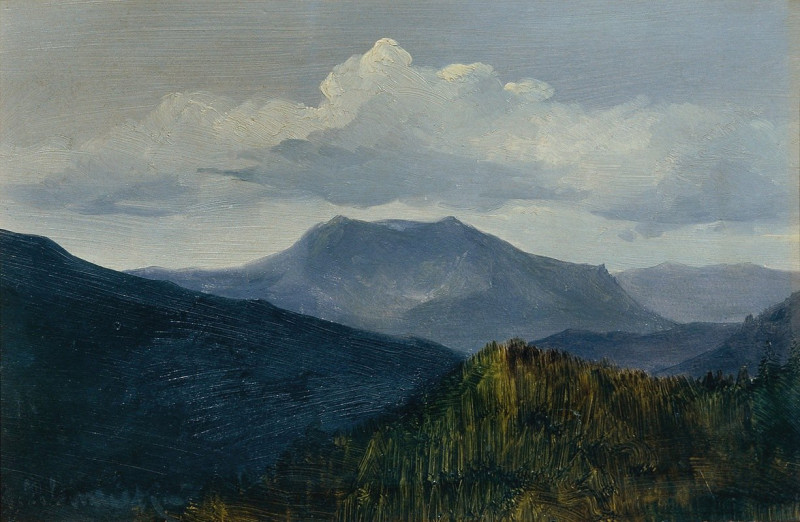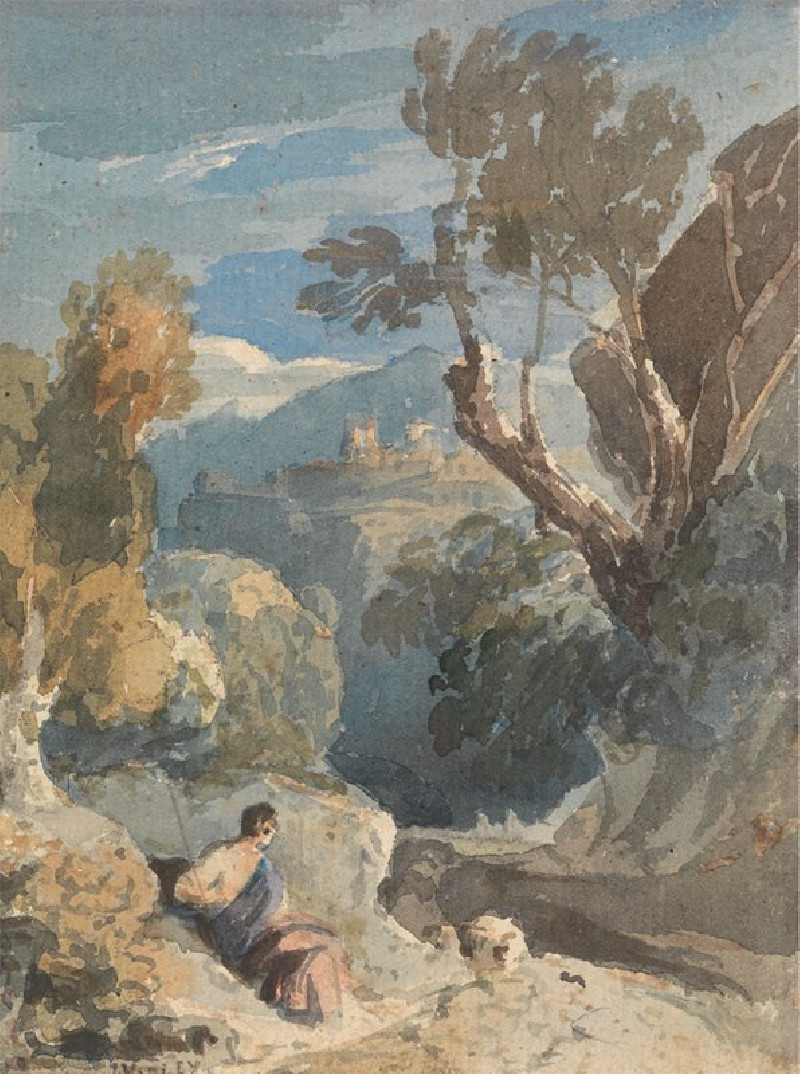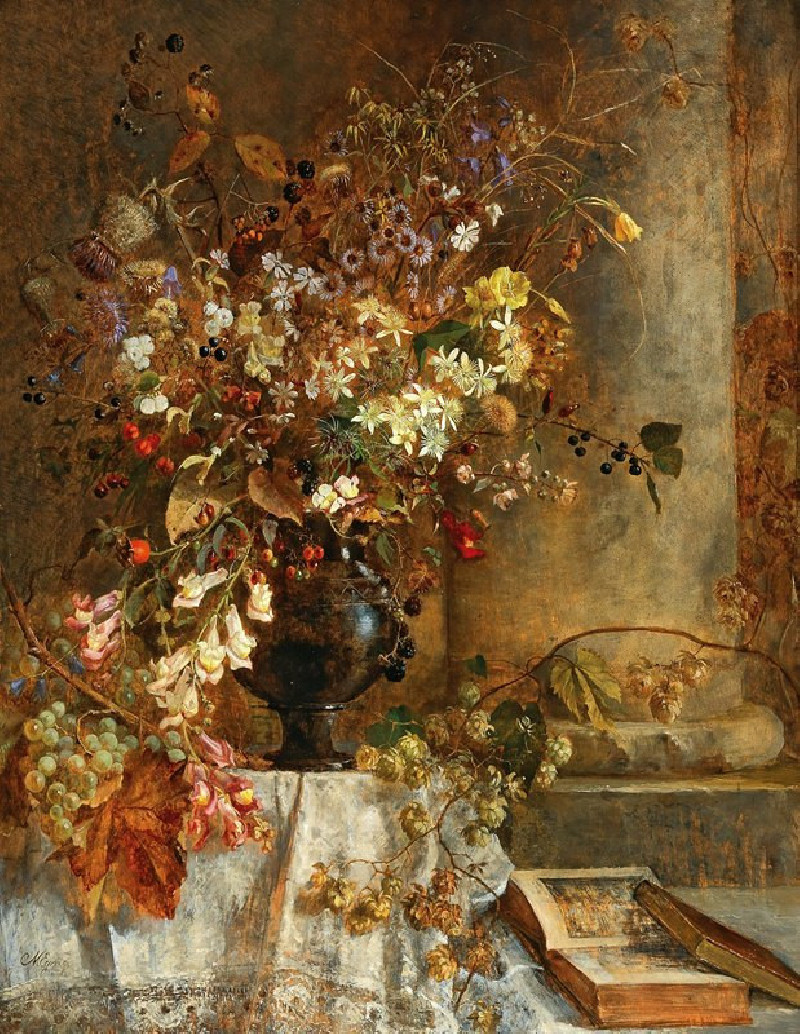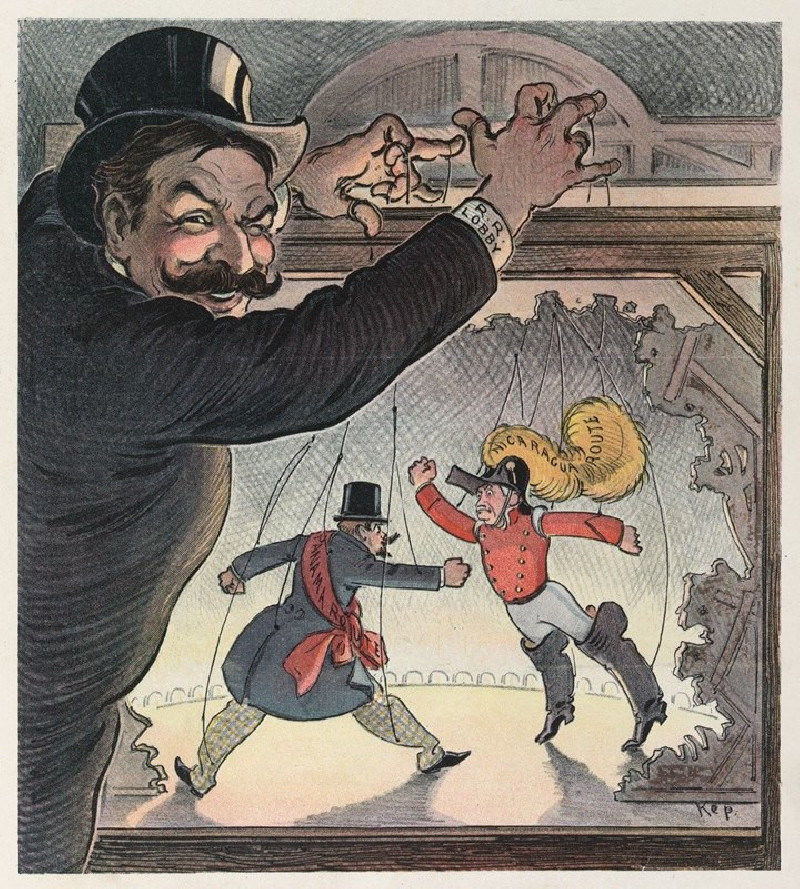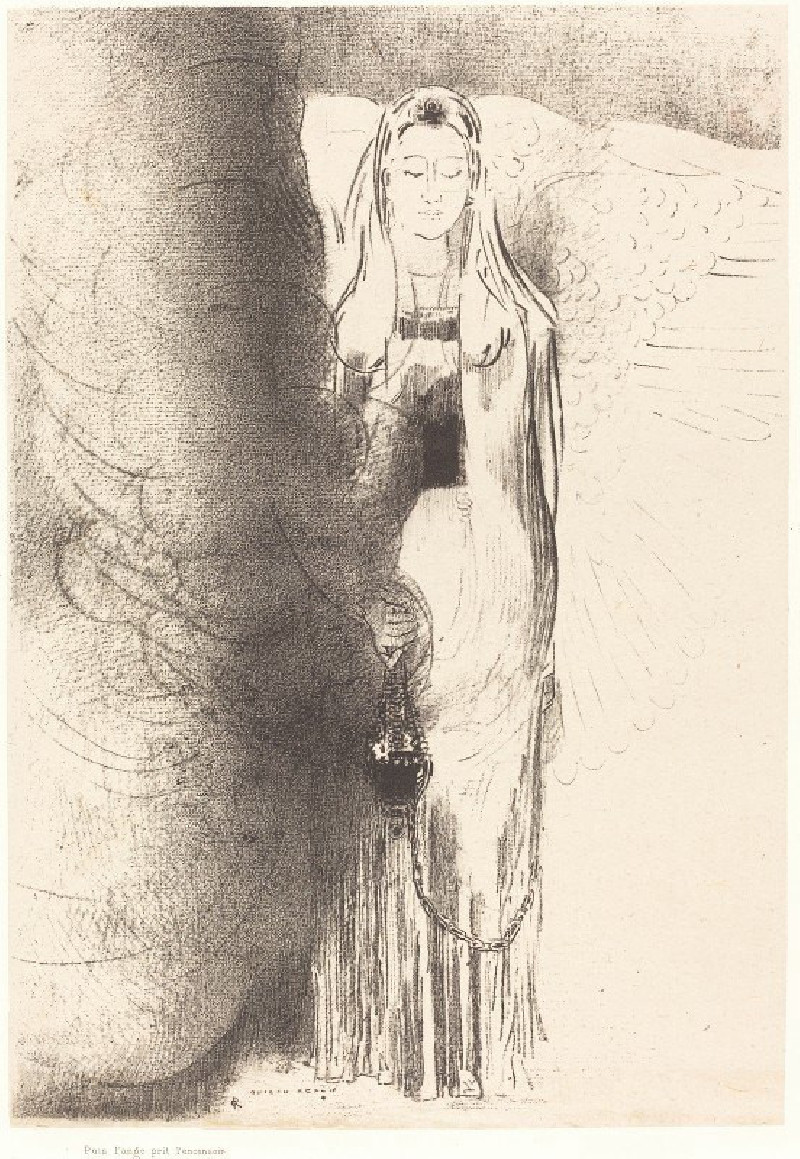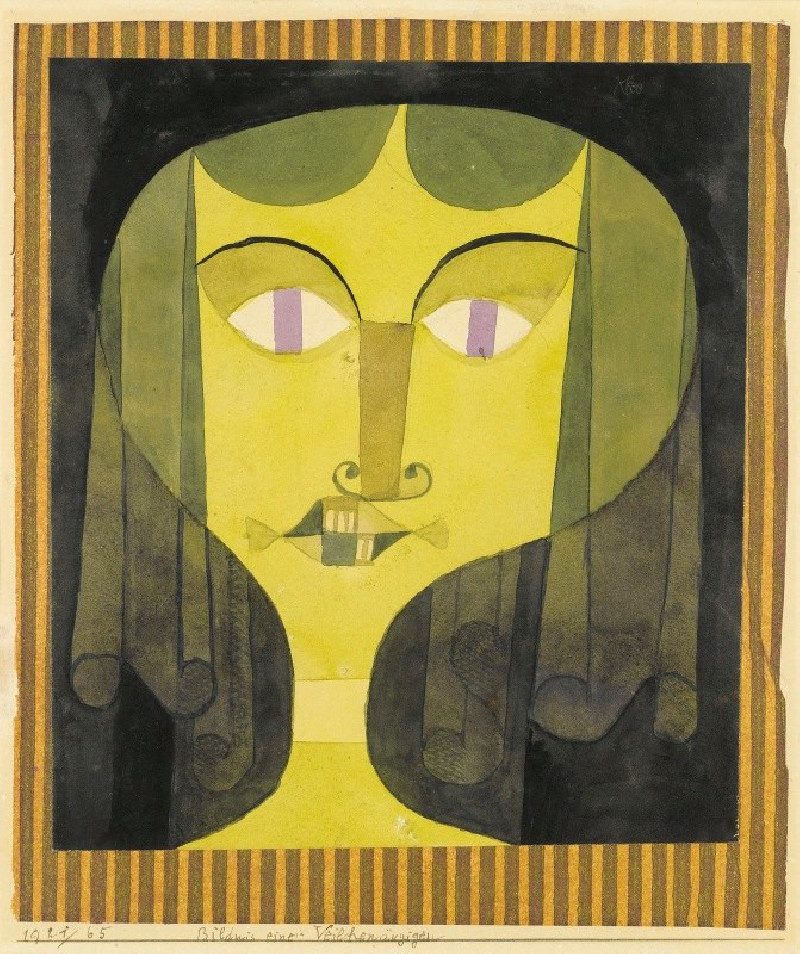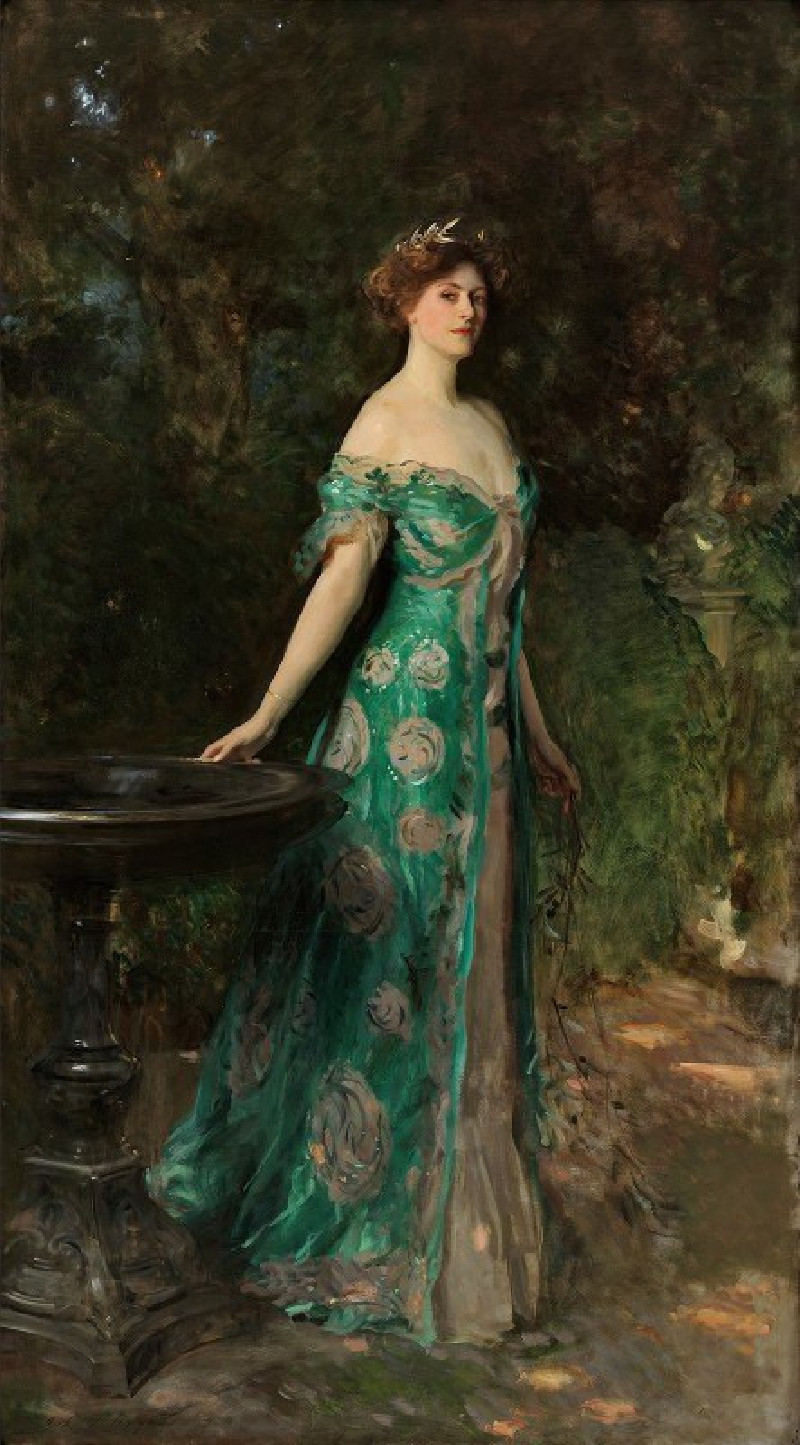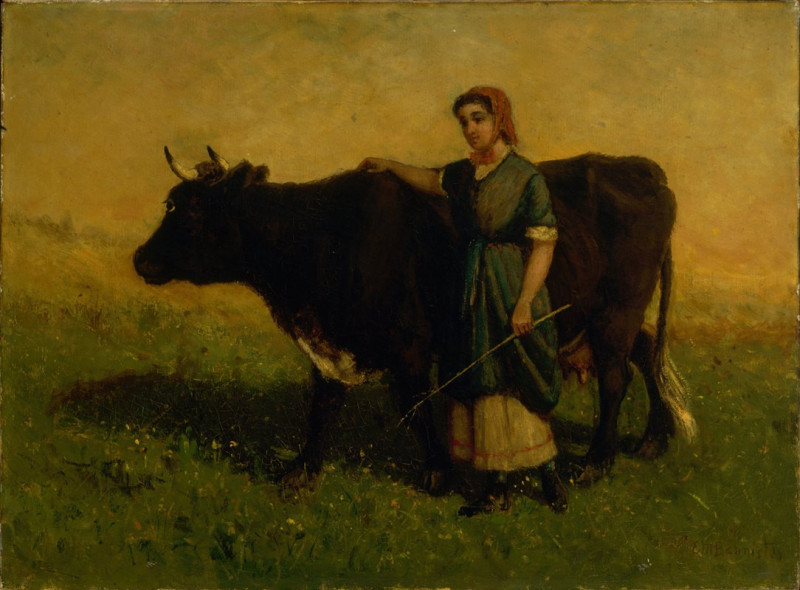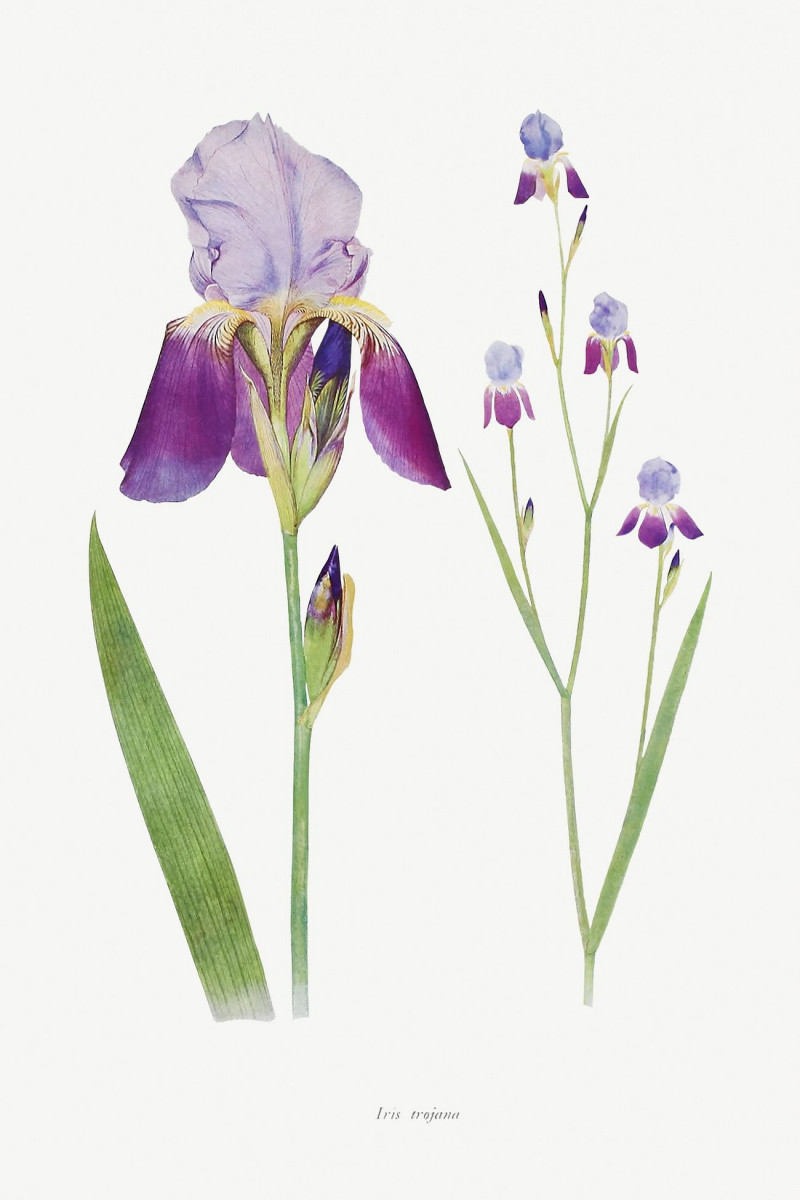Deutliche Verbindung (Clear Connection) (1925)
Technique: Giclée quality print
Recommended by our customers
More about this artwork
Wassily Kandinsky's "Deutliche Verbindung" (Clear Connection), painted in 1925, is a compelling example of his abstract style, which seeks to communicate through forms and colors rather than through traditional representational imagery.This painting features a dynamic composition of vibrant geometric shapes, lines, and colors which appear to float and intersect against a pale, textured background. On the left side, a large black circle and a gradient violet shape command attention, suggesting vastness or a void. Radiating from these shapes are lines and arrays of smaller geometric forms such as triangles and circles in shades of red, blue, yellow, and black, which contribute to a sense of movement and interaction.The use of stark black lines against bright colors creates energetic contrast, highlighting Kandinsky's interest in visual rhythms and musicality in painting—an influence from his belief in synesthesia, a sensory crossover where colors and shapes evoke sounds. The title "Clear Connection" suggests an underlying coherence or relationship between these disparate elements, indicative of Kandinsky’s exploration of the spiritual and emotional resonance of visual art.Overall, the painting is an expression of Kandinsky's theories about abstraction which emphasize the expression of inner feelings without resorting to direct representation. It's a dance of color, shape, and line orchestrated to strike an emotional chord with the viewer, proving abstract art's power to communicate beyond conventional visual cues.
Delivery
Returns
Wassily Wassilyevich Kandinsky was a Russian painter and art theorist. Kandinsky is generally credited as the pioneer of abstract art. Born in Moscow, Kandinsky spent his childhood in Odessa, where he graduated at Grekov Odessa Art school. He enrolled at the University of Moscow, studying law and economics. Successful in his profession—he was offered a professorship (chair of Roman Law) at the University of Dorpat today Tartu, Estonia)—Kandinsky began painting studies (life-drawing, sketching and anatomy) at the age of 30.

